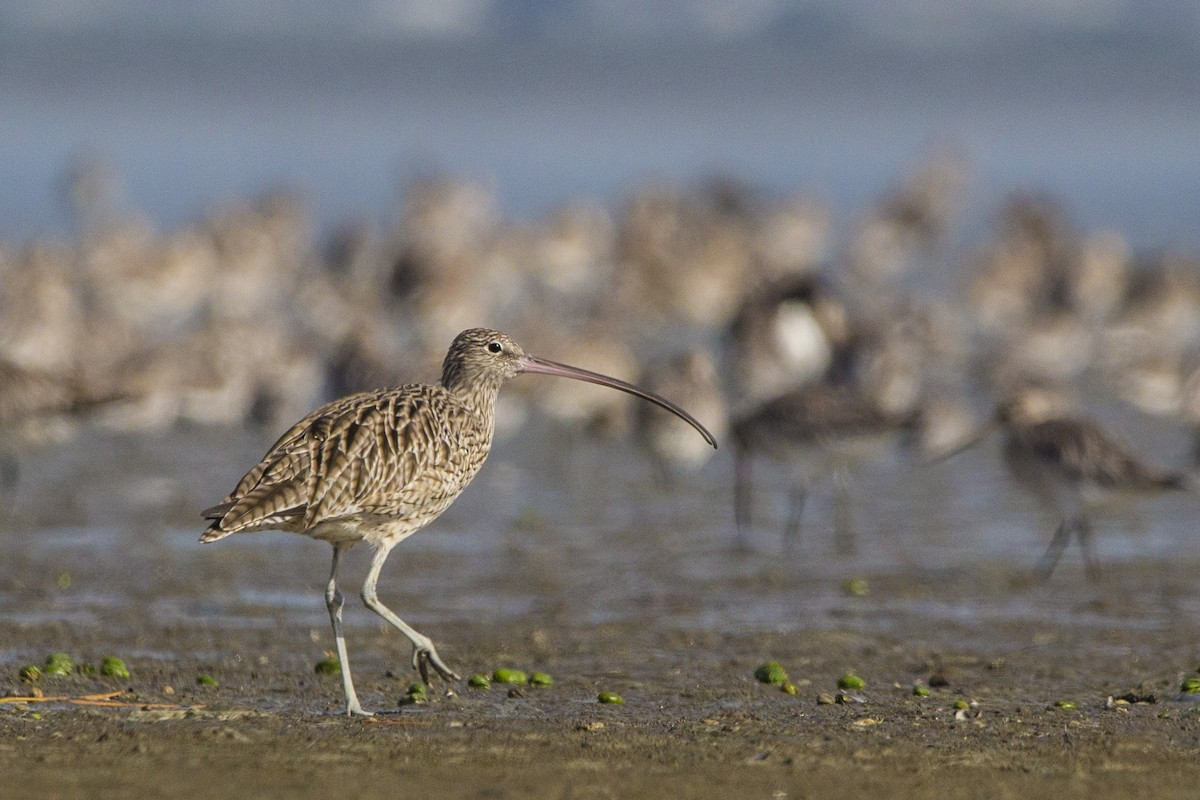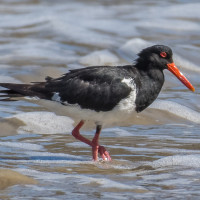Descrizione
Shoalhaven Heads Inlet is part of the East Asian - Australasian Flyway. An important feeding ground for a variety of migratory and resident shorebirds. Bush birds, waterbirds and raptors frequent the area. A number of migratory species are common from spring until autumn with a small number overwintering. A breeding area for resident Pied Oystercatchers, Red-capped Plovers and Little Terns. The occasional rare vagrant can turn up at times. Among the birds you can encounter are White-bellied Sea-Eagle, Whistling Kite, Australian Hobby, Sanderling, Yellow-tailed Black-Cockatoo, Australasian Gannet, Chestnut Teal, Australasian Darter, Black Swan, Great Egret, Common Tern, Eastern Curlew, Bar-tailed Godwit, Pacific Golden Plover, Red-capped Plover, Little Tern, Pied Oystercatcher, Red-necked Stint, White-fronted Chat, Variegated Fairywren, Australian Tern, and Greater Crested Tern.
Dettagli
Accesso
Turn off Bolong Road into Shoalhaven Heads Road and after 1 km, turn right into Bolt Street and left into River Road. Drive to the carpark at the end of River Road where there are toilets and signage about shorebirds. Click on the P in the map for directions or coordinates. From the carpark take one of the tracks south following the edge of the bay through open bushland to the estuary. From the estuary you can do a loop back to the carpark along the beach. Dogs are not permitted at the Inlet.
Terreno e habitat
Zona umida , Spiaggia , Velme , Alberi e cespugli sparsi , Fiume , Mare , DuneCaratteristiche dell’area
Terreno piano , Sabbioso , Acqua alta possibilePercorso ad anello
SiÈ utile un cannocchiale?
Può essere utileBuona stagione per il BW
Tutto l'annoMiglior periodo per visitare
Primavera , Estate , Autunno , InvernoPercorso
Sentiero ampio , Sentiero strettoGrado di difficoltà del percorso a piedi
FacileModalità di accesso
A piediCapanno/torretta di osservazione
NoInformazioni aggiuntive
When the Rivermouth is closed to the sea, you can access the adjoining Comerong Island Nature reserve.
Please keep a respectable distance from the birds as not to disturb or flush them. It is important to stay outside all fenced nesting areas.
Check tides (see the link to the tides table below). Birds can be a long way off at low tide depending on conditions at the time. High tide or 1-2 hrs either side is best for viewing roosting birds.
Link
- Photo Red-capped Plover at Shoalhaven Heads by Patrick_K59, CC BY 2.0, via Wikimedia Commons
- Tides Table
- eBird Hotspot
_(8511932135).jpg)



